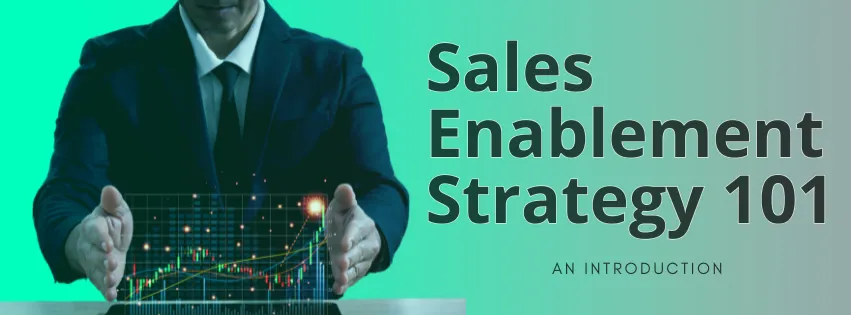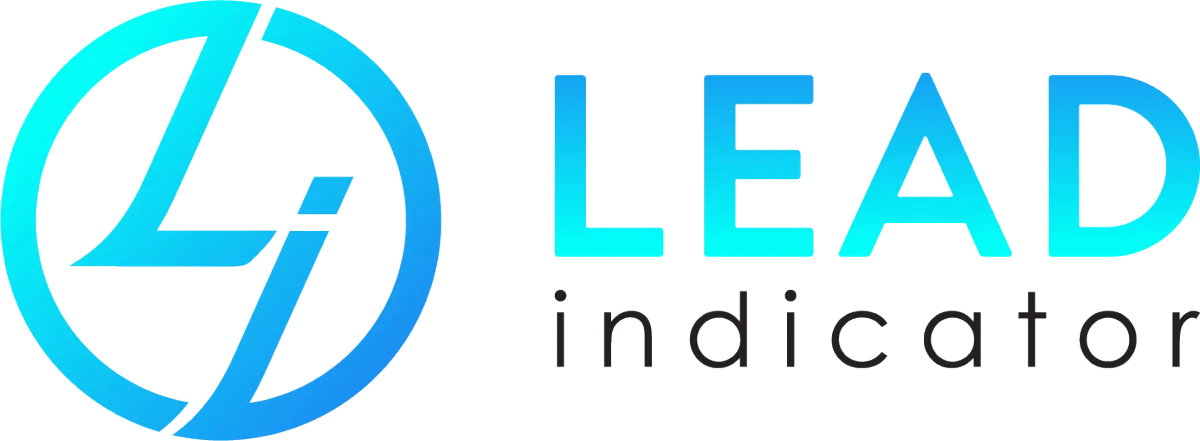December 20, 2024
Sales Enablement Strategy: An Introduction

Sales enablement is essential for navigating today’s complex sales landscape. It equips teams with the resources and strategies needed to thrive in a fast-paced, competitive environment, where traditional sales methods often fall short.
Imagine a motivated sales team with excellent product knowledge making a compelling first impression on a potential client. However, as follow-ups get delayed, the opportunity slips away. The prospect may turn to a more proactive competitor, leaving behind a missed opportunity. A well-crafted sales enablement strategy ensures timely follow-ups, personalized outreach, and a focus on meeting each prospect’s unique needs—avoiding these common pitfalls.
This guide explores the essential elements of a successful sales enablement strategy and the tools needed to excel in today’s competitive marketplace.
The Advantages of Sales Enablement
Research shows that only 5% of employees feel their organizations effectively address critical activity gaps. These gaps, often caused by inconsistent efforts and inadequate resources, hinder productivity. A strong sales enablement strategy bridges these gaps and delivers the following benefits:
1. Enhanced Productivity
An effective strategy streamlines workflows, reduces manual tasks, and provides the necessary tools and resources, boosting team productivity and driving better sales outcomes.
2. Better Customer Engagement
Modern customers expect personalized experiences. Sales enablement equips teams to engage customers more effectively, fostering trust and loyalty that translate into repeat business.
3. Stronger Alignment Between Sales and Marketing
Misaligned efforts between sales and marketing can lead to lost opportunities. Sales enablement fosters collaboration, ensuring both teams work toward shared goals with consistent messaging.
4. Greater Competitive Edge
Staying ahead in a dynamic market requires up-to-date insights and innovative sales tactics. Sales enablement gives teams the tools they need to outpace competitors.
5. Continuous Improvement
Sales enablement is a continuous process. By providing a clear framework for improvement, it ensures teams adapt to changing market conditions and evolving customer needs.
Overcoming Common Challenges
Implementing sales enablement can be challenging. Here are some common hurdles and how to address them:
1. Rapid Market Changes
Markets evolve quickly, making it essential to regularly assess conditions and adjust strategies to stay relevant.
2. Changing Customer Journeys
Customer paths to purchase are becoming more complex. Using data analytics and customer feedback helps teams adapt to these shifts.
3. Inefficient Processes
Internal inefficiencies can slow progress. Streamlining workflows and leveraging automation can address these bottlenecks.
4. Skill Gaps
Sales reps often need better training to handle key conversations. Investing in comprehensive training programs ensures they are well-prepared.
5. Integration of New Technology
Adopting new tools like CRMs or analytics platforms requires effective change management and cross-department collaboration.
6. Balancing Personalization with Scalability
Providing personalized experiences at scale is a common challenge. Technology-driven solutions and agile methods can help balance these demands.
Key Components of a Sales Enablement Strategy
A successful strategy includes the following elements:
1. Training and Coaching
Continuous training keeps teams informed about products, sales techniques, and customer insights, refining their skills and boosting confidence.
2. Content Development
Create and manage content tailored to your audience’s needs, ensuring it is readily available to your team.
3. Technology Adoption
Leverage tools like CRM systems and sales platforms to enhance efficiency and simplify processes.
4. Cross-Department Collaboration
Align sales, marketing, and customer support to ensure a unified approach and shared insights.
Understanding Your Audience
To connect with customers, you need to understand them. Conduct market research, analyze behavior, and develop detailed buyer personas that capture their challenges and motivations. Use these insights to craft personalized content that resonates.
Mapping the Customer Journey
A customer journey map tailored to your sales process ensures your strategy addresses key touchpoints. Update this map as customer needs evolve to maintain a seamless experience.
Building a Skilled Team
The right team is critical to success. Look for individuals with strong communication and organizational skills who can collaborate effectively across departments and execute the strategy.
Aligning Goals
Set SMART goals that align with broader business objectives. A Service Level Agreement (SLA) between sales and marketing can help define roles and responsibilities, fostering alignment.
Providing the Right Tools
Equip your team with essential tools like CRM software, analytics platforms, and sales enablement tools. Proper integration and training ensure these tools enhance efficiency.
Personalization at Scale
Focus on targeted marketing strategies, such as account-based marketing and personalized content. Utilize CRM systems to centralize data and optimize interactions.
Designing Supportive Resources
Develop resources like product guides, sales playbooks, and case studies. These materials empower your team with insights and strategies, fostering confidence and efficiency.
Motivating Your Team
Engage your sales team with training on digital tools and virtual communication. Encourage adaptability and tailor pitches to suit digital platforms, ensuring ongoing motivation and effectiveness.
Tracking and Improving Performance
Monitor progress with clear metrics, gather feedback, and adapt your strategy as needed. Continuous improvement keeps your team aligned with organizational goals.
Conclusion
Sales enablement is a powerful strategy for addressing modern sales challenges. By fostering collaboration, equipping teams with the right tools, and focusing on customer-centric approaches, businesses can thrive in competitive markets. Invest in sales enablement to build a team that delivers consistent, outstanding results and forges lasting customer relationships.
More Blogs

A Complete Guide to Understanding DNC Compliance
Unsolicited phone calls are something most of us have experienced — usually at the worst possible time.

Everything You Need to Know About TCPA Changes Coming in 2025
Significant updates to the Telephone Consumer Protection Act (TCPA) are on the horizon, following important developments in 2023.

SMS for Lead Generation: A Beginner's Guide to Launching Your First Campaign
Running a lead generation campaign through SMS offers numerous advantages. It’s often more affordable than alternatives like paid ads, and SMS messages are highly engaging, with quick delivery and impressive open rates.
Still have questions?
Get your answers straight from the experts - contact our sales team for more info about our product features and pricing.

Products
Resources
Company
© Copyright 2025. Lead Indicator LLC. All rights reserved.
